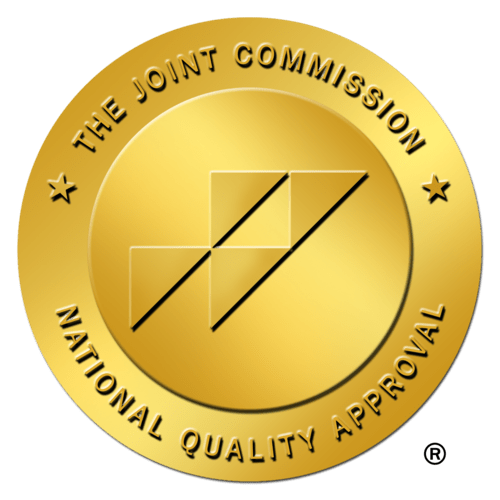
National Hospital Week is a time when the healthcare industry celebrates hospitals as one of the most vital resources in their communities. The American Hospital Association (AHA) recognizes the 5,000 facilities across the United States that maintained or improved community connections and provided high-quality patient care even through the pandemic.
To all of the hospital team members, members of leadership, and other healthcare professionals who dedicate their careers to keeping people healthy, CareRev salutes you. As we join the AHA in celebrating National Hospital Week this year from May 8-14, we highlight examples of hospitals that are fostering patient connections, developing community wellness programs, and building community partnerships, all with a goal of improving public health.
We’ve also compiled suggestions on how your facility can develop and maintain those connections throughout the year. By forming strong community bonds, hospitals and healthcare systems improve their reputations and make impactful strides in helping people get the care they need where they need it.
How to build and keep community connections
The healthcare industry is well aware of the disparities that exist in their communities. To truly provide whole-person care, these organizations explore the social determinants of health that influence health and healthcare access. Let’s take a look at two healthcare organizations that are building community connections while extending services to underserved populations:
Baptist Memorial Health Care and Christ Community Health Services in Memphis, TN
This organization developed Baptist Operation Outreach, a clinic for adults and children who are unhoused. Through both a mobile and a stationary clinic, Operation Outreach provides free acute and primary healthcare as well as advice on disease prevention. Providing over 3,000 visits a year, the mobile clinic is one of the largest care providers for those who are unhoused in Memphis and the surrounding areas.

Choctaw Nation Health Care Center serves the Choctaw Nation community in Southeast Oklahoma
Recognizing the high prevalence of diabetes, heart disease, high blood pressure, and other chronic diseases within its patient community, the health center launched Going Lean, a program that promotes healthy lifestyle choices. At last report, the program had over 3,000 members who run, walk, cycle, contribute to community gardens, and more.
How to develop lasting community partnerships
According to a recent AHA report, non-profit hospitals alone spent $105 billion in community benefits in 2018 (the most recent year data were available). In addition to subsidizing Medicaid underpayments and providing other financial assistance, community benefits included health improvement programs, education for health professionals, health research, and other community benefit contributions.
With the shift toward value-based care, non-profit and for-profit hospitals alike are forging community partnerships to provide services that help keep people well. The type of risk-based contract a facility has with CMS and other payers will factor into the approach to care. Goals for the upcoming fiscal year, and the extent to which community-based programs fit within these goals, will also determine an organization’s community course of action.
Other points to consider include:
Securing grants
L.A. Care, a managed care organization (MCO), issued nearly $9 million in grants to fund 91 projects to expand dental clinics and services for vulnerable populations. It estimates the funding will support about 22,000 people. Gateway Health Plan, also an MCO, provides financial support to community organizations that host events around illness prevention, health education, and health outreach.
Enacting policy
A 2015 AHA report dedicated to starting community conversations gave one high-level piece of advice: work with community partners to develop programs that get patients more involved in their care. In an era of high-deductible health plans and price transparency, patients are more incentivized to do so.
Keeping caregiving local
Up to 60% of your health is determined by your zip code. When you have healthcare professionals who represent diverse patients and understand their needs, you can build a direct connection to various patient communities and engage patients in their own care.
Keep caregiving in your community by hiring local professionals for per diem shifts. As a CareRev partner, you can transform your staffing approach with the ability to:
- post shifts online directly to local professionals on-demand
- ensure a mobile-friendly, intuitive experience for professionals
- gain access to fully-vetted candidates who are interviewed by clinicians in their specialty
- view full credentials online at anytime

Holding community conversations
Gather relevant community stakeholders for some honest talk around what the community needs. Examine health and health care trends. How can everyone work together to solve some of health care’s greatest challenges?
Collaborating
No hospital should operate alone. As the accelerated adoption of telehealth during the pandemic showed us, care moves back and forth from hospital to home, from inpatient to outpatient and from big hospitals to community clinics. All entities must work together for the good of better health.
National Hospital Week is a good time to reflect on everything hospitals and all healthcare professionals do to care for our communities. As the industry evolves, it’s crucial to remember that partnerships are key to building healthy communities.





